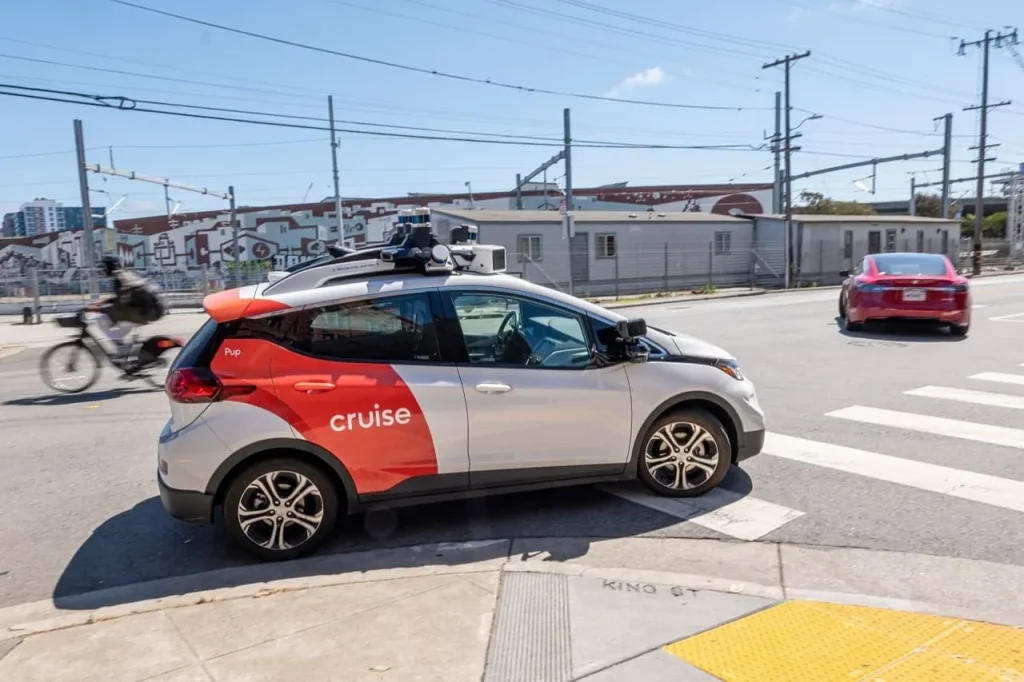General Motors Pulls Plug on Cruise in Major Autonomous Shift
Following a decisive strategic pivot, General Motors announced the end of its Cruise robotaxi venture as it completely reshapes its autonomous vehicle operations, a major shift for the company in its self-driving technology. General Motors’ most dramatic course correction yet in its autonomous vehicle strategy is this.
The company confirmed that after it announces the integration of Cruise’s advanced technology into consumer vehicles and after all of the necessary systems are first integrated into its own car fleet, Cruise’s technology will be harnessed to build fully autonomous personal transportation solutions. General Motors’ decision to realign this strategic shows that the company will be in the autonomous driving business and will cope with market realities.
Strategic Transformation and Technology Integration
General Motors will unify the company’s engineering resources by consolidating Cruise’s expertise into an existing automotive engineering team. It’s all part of an effort to help accelerate the development of autonomous driving features in consumer vehicles, leveraging the more than 10 million driving miles per month recorded by GM’s hands-free driving system, Super Cruise.
It comes at just the right time for General Motors, which justifies these enormous investments in autonomous technology and is wrestling with how to deploy robotaxi services in practice. The decision strips Cruise of its history as an externally invested and independent company with a separate corporate structure and makes it an integrated part of General Motors.

Historical Context and Investment Background
It started in 2013 as Cruise was a promising startup building retrofit autonomous driving kits. While keeping the company as a standalone unit, General Motors acquired the company in 2016 securing substantial external investments worth $2.25 billion from SoftBank Group and a $2.75 billion partnership with the Honda Motor Co. While this is a lot of money invested by external partners, General Motors will end up with roughly 97 per cent ownership in Cruise following restructuring.
After a series of troubling incidents that forced the company to question its robotaxi operations, the decision to phase out the Cruise robitaxi operations takes its place. Among these was a show-stopping mishap involving a pedestrian, and several operational snafus that resulted in the recall of 950 driverless vehicles just last year.

Market Impact and Industry Implications
The termination of Cruise’s robot tax service makes a difference to the U.S. autonomous ridehailing competitive landscape. The field is now mostly narrowed down to Waymo, Alphabet’s Google holding, and Uber‘s partnership with Waymo to provide autonomous ride-hailing service.
Industry challenges in implementing fully autonomous driving at scale are driving this strategic shift. The robotaxi dream may be stalled, but putting autonomous capabilities into consumer vehicles is a more realistic way to develop transportation technology.

Future Direction and Consumer Focus
The restructuring centers on turning the development of autonomous technology more towards consumers. General Motors is focused on bringing value to consumers now with next-generation driver assistance systems that quickly lead to addressing the more complicated milieu of fully autonomous personal vehicles.
This is an example of how the automotive industry is evolving its understanding of what is the right way to bring autonomous driving technology to market. Instead of quickly developing robotaxi services to achieve full autonomy, there is a shift toward developing consumer vehicles to include autonomous capabilities in a more progressive manner, a more sustainable way of adoption, too.
The move heralds a critical point for the autonomous vehicle industry, exposing the challenge and complexity of bringing self driving technology to the commercial fold. This would be seen as a setback for the immediate deployment of autonomous vehicles but it may actually be something more realistic in terms of moving vehicle automation technology forward responsibly while providing a practical scenario that prioritises safety.
